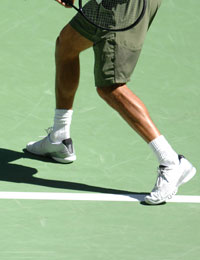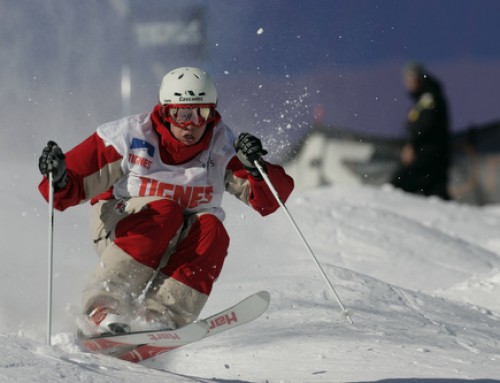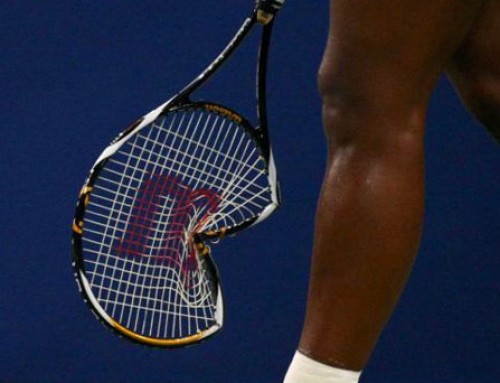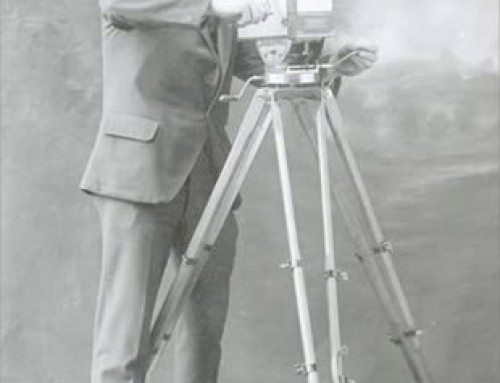 I would like to address a question I was asked in reference to my last blog, “Movement is easy to understand, but tough to do right. It’s one thing to see it and know when each step type should be used, another to be able to feel it on court, and yet another to do it instinctively.
I would like to address a question I was asked in reference to my last blog, “Movement is easy to understand, but tough to do right. It’s one thing to see it and know when each step type should be used, another to be able to feel it on court, and yet another to do it instinctively.
Any suggestions for going from one level of knowledge to the next?”
It’s correct to say that movement is easy to understand and tough to do right. This is in part because there are numerous steps to learn, correct patterns of movement, and more importantly, breaking through some of the counter-intuitive principles of associated moving correctly.
For instance, people understand that it’s faster to take large steps to the ball, but fail to realize that it’s not economical to take one last large step and effectively lunge to a ball. They don’t make the connection of the wasted energy and time it takes to do a lunge than take the extra 2-5 small steps to be on balance when they hit. I’ll often tell clients that if they feel like they can get to shot in 5 steps, to try to take 10. In essence, it forces them to break through their own psychological barrier.
Psychological barrier aside, people don’t understand how important maximizing time is while hitting. Many people from about a 3.0 level and up can hit decently when a ball is fed directly to them, but as soon as they are forced to move, their strokes diminish quickly. This is in large part due to people trying to time their movement to meet with the ball instead of getting there quickly and giving you the time to hit. If you’re timing is off by even the slightest margin, you’re going to be out of position for the rest of the point.
One of my old coaches used to tell me to just sprint to the area where the ball is going – I didn’t need to be exact, but to get to the area as fast as possible to set up for the shot. Since my game was and is based on foot speed, it instinctively made sense to me. Now as a coach, I try to teach the benefits of this mentality.
In terms of learning, it’s important to understand the movement, the patterns, the correct steps etc… but also the causation – what causes you to get out of position during a point. Once you have a firm grasp on those aspects, just going out and doing it will really help you get a feel for what is correct and moving you from one level to the next. I remember when I first hit with Ian, Jason and the other guys on the team at Ferris – I had the strokes to hit with them, but I was nowhere close to being in the correct position to play points with them. I ended up feeling like a rag doll. After about a week or so of struggling to maintain my competitiveness, I started to be as aggressive as I could be with my feet. The subtly of being a passive observer to a conscious decision to be aggressive allowed me to play my game with them.
Am I advocating playing with better players? To an extent yes – they have a better grasp of the importance of time and from a movement perspective, it might mean taking a beating or two before you start to understand the subtleties as well.







